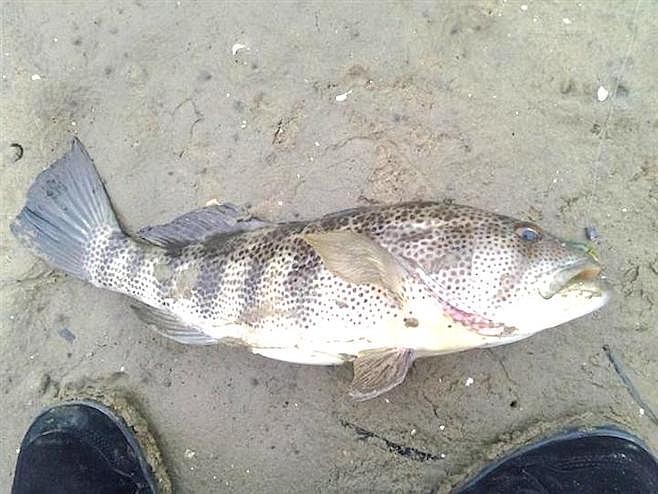 Facebook
Facebook
 X
X
 Instagram
Instagram
 TikTok
TikTok
 Youtube
Youtube

The Toys for Tots Kayak Fishing Tournament launches from Tidelands Park this Saturday morning. The targeted species will be the basses that reside in the bay. Although calico and sand bass grow to over double the size of spotted bay bass, those that are sure to place well will be targeting the smaller of the three species, given the location of the tournament.
Productive haunts for spotted bay bass are on either side of the Coronado Bridge, on the west side of the bay. Light leadheads, fitted with smaller plastics that closely mimic the natural baits the bass feed on in eelgrass will work best. The “spotty” feeds on crabs, clams, ghost shrimp and even pipefish, all of which live in the sublittoral zone (from the bottom of the lowest tide, to about 12 feet deeper). If the aim is a lot of fish, the best depth is between six and fifteen feet of water. Looking for structures such as rock piles, channel markers, and drop-offs is key.
Often there are about 100 entrants for tournaments. To verify the size of the fish caught, there is a measuring device used, the Hawg Trough. Taking a photo with a tape measure can produce a different measurement, depending on camera angle, so an official device was needed to keep things fair. The Hawg Trough is required for the tournament and can be found at most tackle shops in San Diego or ordered online for around $20. Scoring will consist of the anglers’ top three lengths for the day.


The Toys for Tots Kayak Fishing Tournament launches from Tidelands Park this Saturday morning. The targeted species will be the basses that reside in the bay. Although calico and sand bass grow to over double the size of spotted bay bass, those that are sure to place well will be targeting the smaller of the three species, given the location of the tournament.
Productive haunts for spotted bay bass are on either side of the Coronado Bridge, on the west side of the bay. Light leadheads, fitted with smaller plastics that closely mimic the natural baits the bass feed on in eelgrass will work best. The “spotty” feeds on crabs, clams, ghost shrimp and even pipefish, all of which live in the sublittoral zone (from the bottom of the lowest tide, to about 12 feet deeper). If the aim is a lot of fish, the best depth is between six and fifteen feet of water. Looking for structures such as rock piles, channel markers, and drop-offs is key.
Often there are about 100 entrants for tournaments. To verify the size of the fish caught, there is a measuring device used, the Hawg Trough. Taking a photo with a tape measure can produce a different measurement, depending on camera angle, so an official device was needed to keep things fair. The Hawg Trough is required for the tournament and can be found at most tackle shops in San Diego or ordered online for around $20. Scoring will consist of the anglers’ top three lengths for the day.
Comments